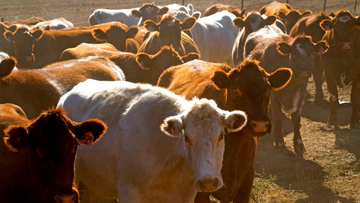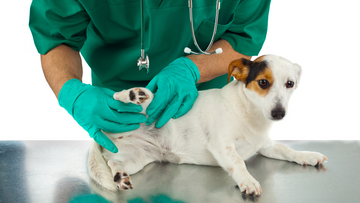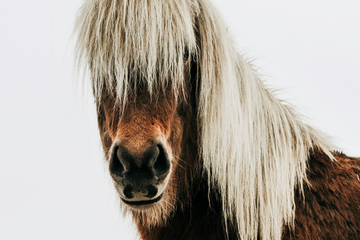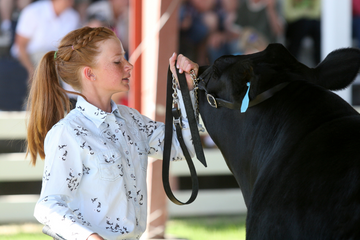 Leg wraps are a commonly used piece of equipment in the horse world. They provide support and protection for your horses tendons and ligaments. However, a leg wrap that is applied incorrectly will not only fail to do their job, they can also damage the tendons and ligaments, cause discomfort, and restrict blood flow. It is extremely important to wrap your horse’s legs properly. It is quick and easy so we are going to teach you just how to do it!
Leg wraps are a commonly used piece of equipment in the horse world. They provide support and protection for your horses tendons and ligaments. However, a leg wrap that is applied incorrectly will not only fail to do their job, they can also damage the tendons and ligaments, cause discomfort, and restrict blood flow. It is extremely important to wrap your horse’s legs properly. It is quick and easy so we are going to teach you just how to do it!
- First, you need to start with wraps that are actually wrapped up correctly. Every wrap has a piece of Velcro at one end. The bandages should be rolled so the Velcro is on the inside.
- Make sure your horse’s legs are dry and clean. Remove any dirt or debris to prevent skin irritation.
- Next, make sure your horse is standing equally on all four legs ideally on a level surface.
- You should start wrapping the leg from the inside of the cannon bone above fetlock joint. Never begin a wrap or end over joints. A horse’s movement will loosen the wrap.
- Next, wrap the legs from front to back. For left legs, counterclockwise; for right legs, clockwise.
- Work the wrap down the leg in a spiral pattern, then up. This will overlap the previous layer by 50%.
- While wrapping the legs, make sure you are working in a smooth pattern with equal pressure on the wraps. Be careful not too wrap too tight because it will cause pressure points. Wrapping too loosely will cause the wraps to slip.
- If you are wrapping your horse’s legs for the first time, have someone with you that is experienced watch over you. You can also talk to your vet about wrapping your horse’s legs. Happy wrapping!
For more information on wrapping a horse’s legs, visit: http://americashorsedaily.com/wrap-it-right/#.U-VBsGRDtR4






















